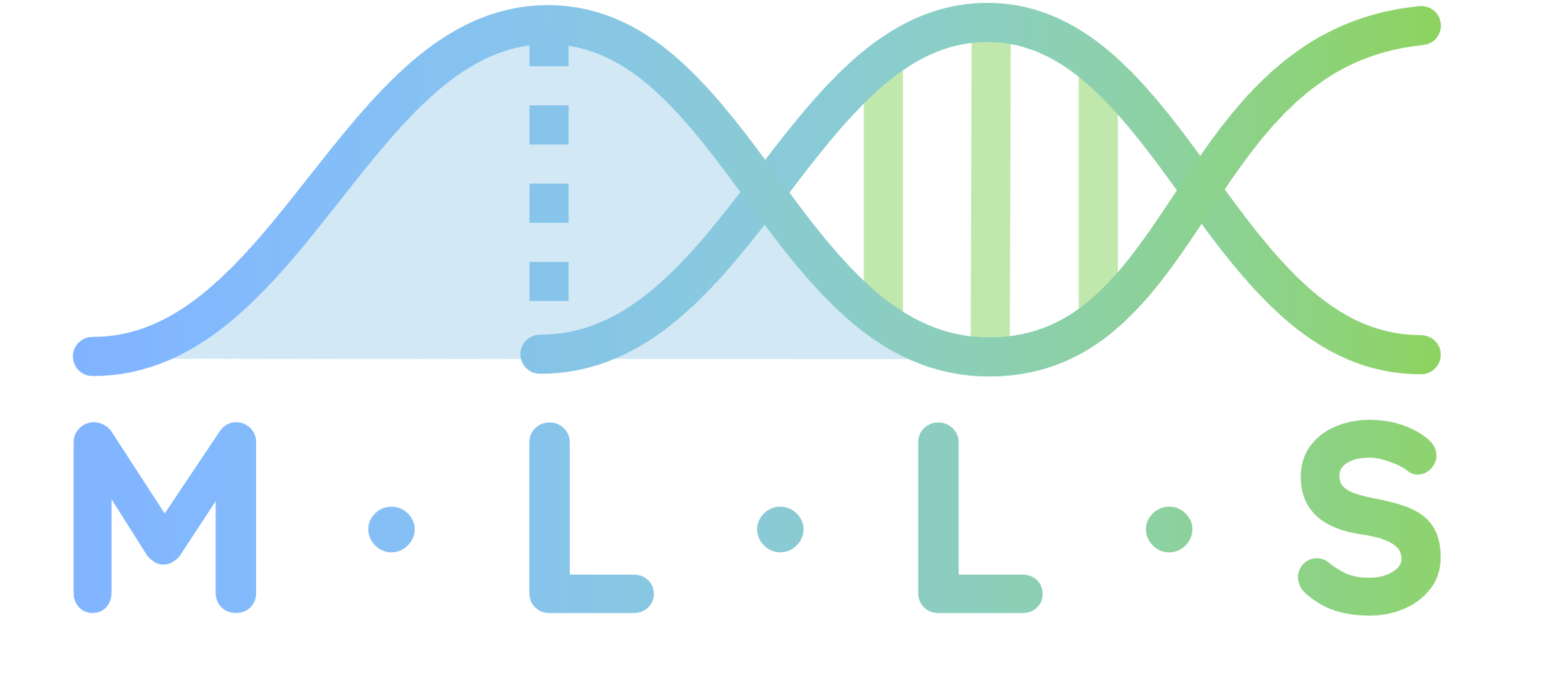Bayesian Optimization#
About#
Bayesian Optimization is a sample-efficient black box optimization algorithm which uses an uncertainty-aware approximation \(\tilde{f}(\boldsymbol{x})\) of the objective function \(f\). This surrogate model \(\tilde{f}\) is usually a Gaussian Process, whose predictions and uncertainties are used to build an acquisition function \(\alpha(\boldsymbol{x})\). Optimizing \(\alpha\) renders points that are likely to perform well for \(f\). By smartly including uncertainties in \(\alpha\), Bayesian Optimization balances exploration and exploitation.
Our implementation uses gpytorch and botorch as the engines for Bayesian Optimization [Balandat et al., 2020, Gardner et al., 2018]. We use the default botorch single-task Gaussian Process, and we optimize the acquisition function using grid-search for 1 and 2 dimensions, and using botorch’s utilities from 3 onwards.
How to run#
import numpy as np
from poli.objective_repository import ToyContinuousBlackBox
from poli_baselines.solvers import VanillaBayesianOptimization
f_ackley = ToyContinuousBlackBox(function_name="ackley_function_01", n_dimensions=2)
x0 = np.random.randn(2).reshape(1, -1).clip(-2.0, 2.0)
y0 = f_ackley(x0)
bo_solver = VanillaBayesianOptimization(
black_box=f_ackley,
x0=x0,
y0=y0,
)
bo_solver.solve(max_iter=10)
See more#
Taking the human out of the loop is a great tutorial of Bayesian Optimization [Shahriari et al., 2016].
Since
poliworks mostly on discrete inputs, this baseline is implemented with the intention of optimizing in the latent spaces of deep generative models like Generative Adversarial Networks (GANs) or Variational Autoencoders (VAEs) [Gómez-Bombarelli et al., 2018].

